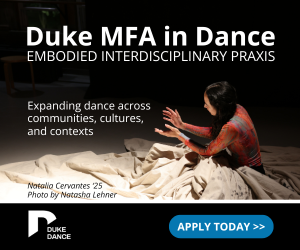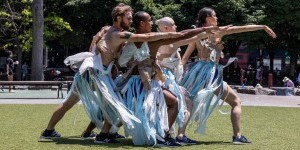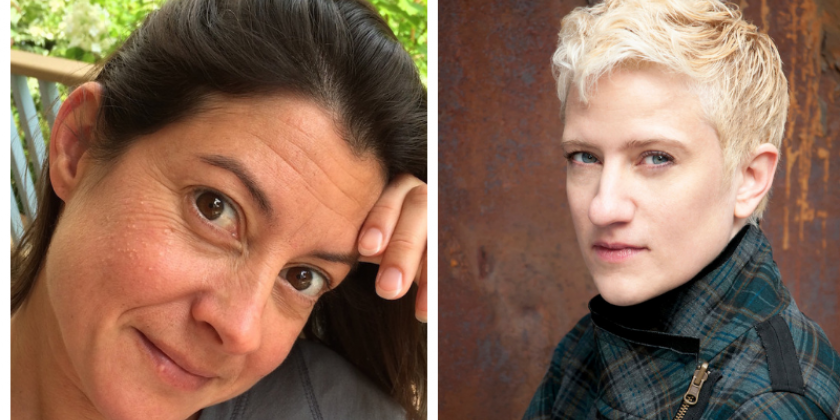THE DANCE ENTHUSIAST ASKS: Lynn Neuman on Dancing for the Planet & How Art Inspires Activism

Don't Miss Artichoke Dance Company’s Eco Arts Festival on September 21, 2025
As Climate Week NYC 2025 approaches, Governors Island will come alive with eco-inspired creativity during Artichoke Dance Company’s Eco Arts Festival, a free day of performances, installations, films, and hands-on workshops on September 21.
At the heart of the festival is sartistic firector Lynn Neuman, a trailblazer who has transformed her company into a force at the intersection of dance and environmental activism. From choreographing works about sea level rise to spearheading an ambassador program that trains the next generation of eco-arts activists, Neuman channels her curiosity into movement. The Dance Enthusiast’s Theo Boguszewski spoke with Neuman about her journey from restless child to environmental advocate.
Theo Boguszewski for The Dance Enthusiast: Lynn, what drew you to dance, and eventually to leading Artichoke Dance Company?
Lynn Neuman: I was the ADHD kid that could not sit still. When I was five, my parents enrolled me in gymnastics, and then I migrated to dance. I had a natural affinity towards dance, and I did the undergraduate dance thing at University of Michigan. There were a handful of us that moved to New York after we graduated, we were all dancing professionally for different people, but wanted to also make work. And so we're like, “Let's put on a show!” We each made a piece, and then we made a piece together, and we did that again and again. And then we came up with the name “Artichoke.” It started as a Collective in the 90s, when collectives were not really a thing.
We ran the Collective for some years, and through attrition, people went their separate ways, so it ended up just being me. And at that point, I was starting to get really interested in climate and environmental issues, so the focus of the company pivoted.
How did you first get passionate about ecology and the environment?
I moved to Brooklyn mainly because I wanted to have a dog. I adopted an older Labrador/ Golden Retriever. They are scavengers — she was always getting stuff in her mouth and I would pull it out and it was plastic, plastic, plastic. I never realized there was so much plastic on the street.
I started cataloging street trash up and down my block. What happens to all this plastic that's on the street? I did a deeper dive into urban infrastructure and came to realize that in New York, about 70% of our drainage system is combined sewage overflow, which means that the water from buildings and the water from the street go into the same pipes on their way to a water treatment facility. But with climate change, we get a lot more rain in a shorter amount of time, and the pipes are still the same size. The water treatment facilities get inundated, and the overflow goes right into our surrounding waterways.
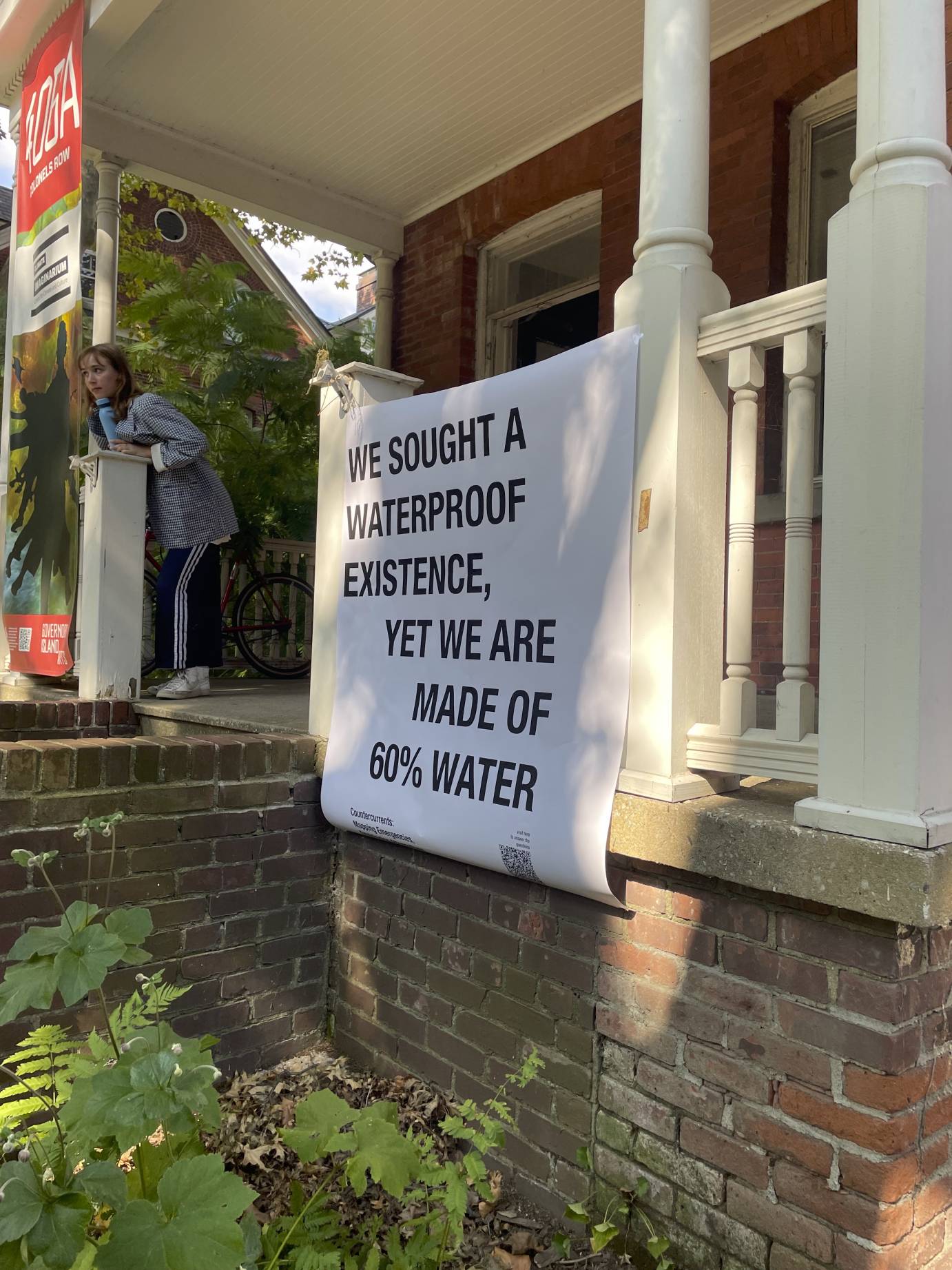
And then what happens? I started to look at current patterns. Some of it comes back to land, some of it goes to an ocean. It gets ingested by animals, becomes microplastics, gets ingested by fish that we eat. And then I was like, “Oh, God, this is actually a big human health issue!” And now there's a lot of research, good research that's coming out about the implications of microplastics — this stuff may be causing a cancer epidemic.
It was just realizing that there is a huge plastic waste problem in our streets, and being curious about it. My curiosity has always been a big driver for me in making art. Also, I grew up on the shores of Lake Michigan and have always been an avid swimmer, so water has been a big part of my life.
For those unfamiliar, how would you describe Artichoke Dance Company's mission and artistic identity?
Right now we're really working in an intersectional way. This is something that's developed over time. We do performances, community organizing, and environmental advocacy. We do a lot of collaborative work with environmental organizations and education programs. We now have an eco-arts activism training program, which blossomed out of getting enough phone calls from people being like, “I'm really concerned about the environment and climate change, but I don't know what to do… Where do I start?”
And where do you start?
You can really start anywhere. Particularly in dance, we tend to have a mentality of scarcity, but what I've found to be most useful is to create partnerships. There are a lot of advocacy organizations and a lot of scientists that have done all this; you don't have to reinvent the wheel, just partner up with them and find ways to work together.
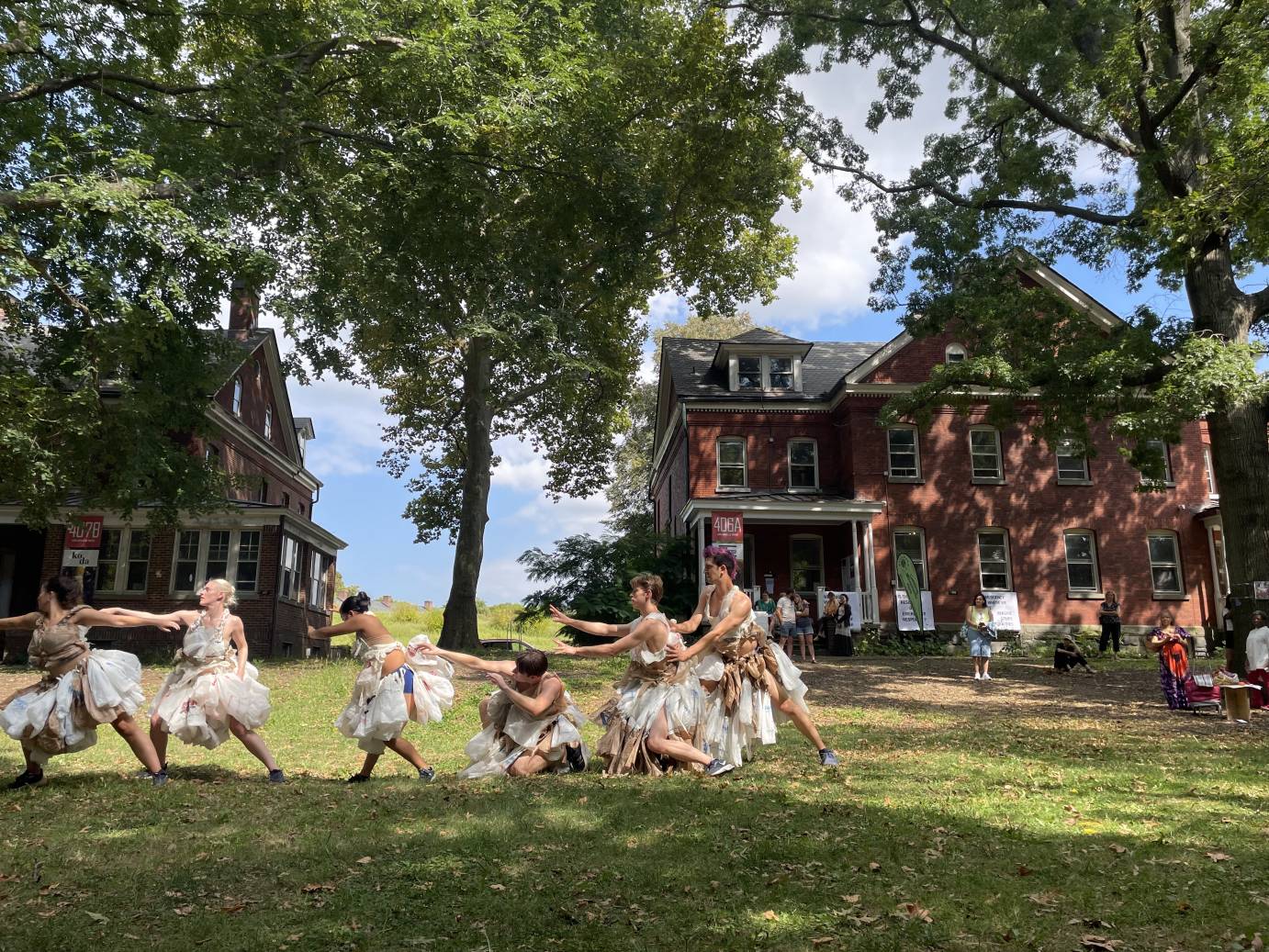
Artichoke Dance Company’s Eco Arts Festival 2024. Photo courtesy of the company
We tend to do direct action in our performance and educational work. For example, at intermission we’ll say “Everybody grab your phone, here's a call script. We're going to call the governor, senator, whatever on a particular issue.” Those things exist, we don't need to create them. We just partner up with other folks and give people avenues for getting involved.
Can you share a bit about the Eco Arts Festival?
The Eco Arts Festival was born out of the summer cohort of ambassadors. As we were nearing the end, they wanted to do something to showcase their work. I reached out to the Climate Imaginarium on Governors Island, and it came together very quickly. Last year was the first year.
This year we did an open call; we gathered a panel of folks, and came up with an application process. We plan to make it an annual event. It's about twice the size that it was last year, and we have a lot more interactive activities.
Tell us about the artists that are coming this year? Is there Anything you're particularly excited about?
We've got things to see, hear, view, and do. It was fun to have an open call because I came across some artists who I didn't know.
One of the performances is improvisational around water, where the audience can either share a memory or ask a question and then have a dialogue with the performer. This turns into a verbal and interactive dance experience. We've got an installation that will be growing throughout the day, which is like a hanging aquatic environment. The artist is providing materials where you can refashion some plastic waste into a fish or an octopus or whatever, and hang it. We tried to select things that would appeal to different audiences. That’s a great activity for kids.
There will be plant monoprinting, which is more involved, where you’re working with the plants to create imprints, and you get to learn about the medicinal qualities of some native local plants that are actually grown out on Governor's Island. We have a couple of films that will be running, and visual art exhibits. In one exhibit, the artist will be interviewing people about what their “go bag” would consist of, and then she creates personalized paintings people's ideas of the contents of their go ( or emergency) bag.
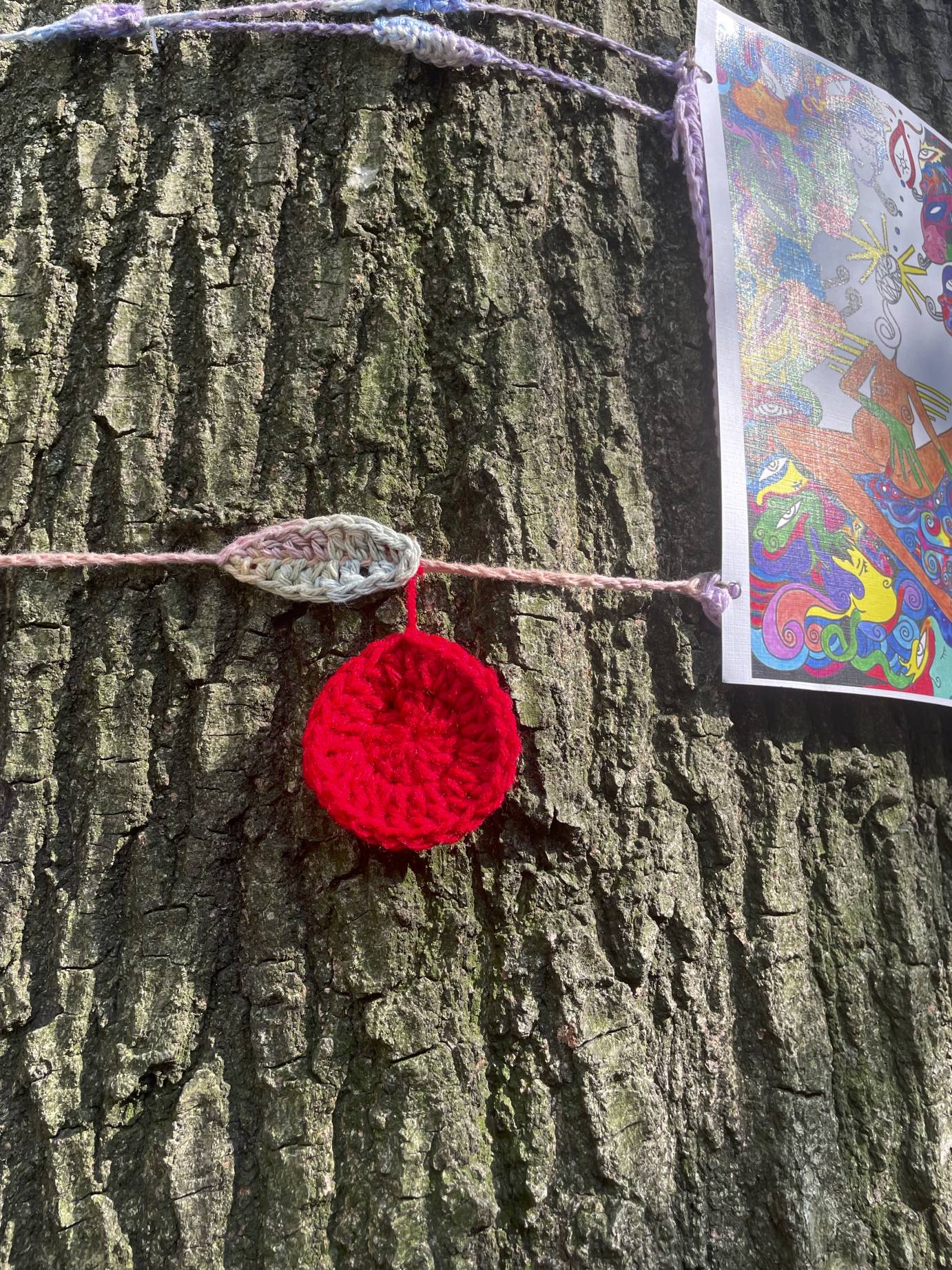
Another artists is creating an installation about the impact of shipping containers. We live in a world where we buy everything online, so the impact of the shipping industry is huge. That work was developed from research in and around Red Hook, just across the harbor from Governor's Island.
Will Artichoke be presenting a work?
Yes. We’ll be showing excerpts of a new work, Within the Waters, which addresses the legacy and memory that water holds. And then excerpts of another work that's a little older, called Water Rises, which deals with living in a coastal community in the face of climate change and sea level rise. That work was originally commissioned by the Waterfront Alliance.
What do you see as the role of an artist in addressing today's ecological and climate issues?
I think it's very multifaceted. One role is grabbing attention. Artists are the messengers. Messaging through the arts can evoke emotions in and around something. Artists are also good at coalescing. We can bring disparate communities together to work in collaboration towards a goal.
I like to use dance as a metaphor. Many people who I talk to about climate change express that the subject can feel so overwhelming — overwhelm leads to paralysis. So, let’s get moving! One thing will lead to another. You have to start somewhere.





